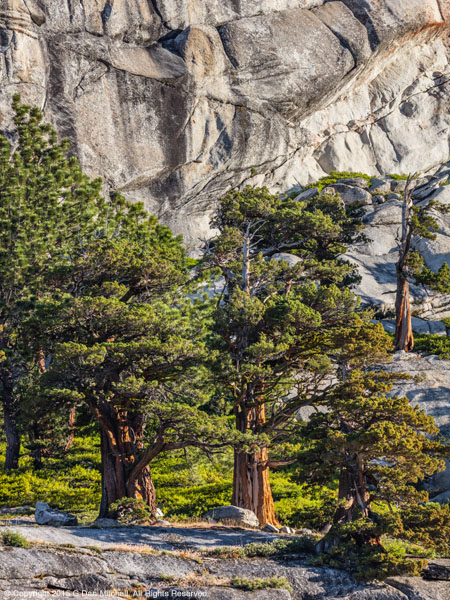Over the past few weeks the arguments about “photoshopping” and “manipulation” have again come to the fore, this time as the result of the so-called “scandal” around alterations to some photographs by Steve McCurry. The discussions have evolved in all sorts of ways — as they typically do — some of which I regard as unfortunate: pronouncements about which techniques are “ethical” or “unethical,” declarations that photographs must be “true,” the usual stuff about “getting it right in the camera,” and more. In my view, much of this is naive and unrealistic.

At the heart of the issue are some problematic notions, including the following.
- The camera sees accurately, and any modification of what comes out of the camera subverts the camera’s truth. Some assume that the way the machine “sees” is more accurate than the way our eyes and brains see, and that it is the preferred mode of seeing. There are huge problems with this assumption, beginning with the fact that people and cameras see in very different ways. (I’m more interested in how people see.) The eyes scan a scene, adapting to localized elements of the subject, and the full image never exists aside from a kind of mental abstraction of it. The camera non-selectively records light levels from the entire scene at one instant, all with the same “settings.” There’s much more to this, and the subject is far too big to fully deal with here. Suffice it to say that your eyes/brain are not a camera, and this makes a very big difference.
- Modifying photographs in post-production (or “post”) makes them less honest and accurate. Some think that modifying what comes from the camera is dishonest. In fact, if the way that humans see is our model for accurate seeing, as I believe it should be, the way the camera sees is often quite inaccurate. (Who sees in black and white or telephoto or with tilt/shift adjustments or with colored filters or constrained to rectangles?) In order to render an image that is more faithful to the way humans see, it is often necessary to massage the image that comes from the camera.
- The use of techniques for “manipulating” or “photoshopping” photographs is unethical. Some take the position that “manipulating” images is wrong, but it seems absurd to make such a blanket statement. If your photograph was slightly underexposed, how is it unethical to increase the brightness in post so that it looks exactly as it would have looked with a slightly longer exposure? How can it be OK to use a telephoto lens but not OK to crop in post? Why would it be OK to use a tilt/shift lens but not to adjust perspective lines in post? Are the “rules” the same for photojournalism and for photographic abstractions?
People often want to see this set of issues as a binary, where things are either right or wrong, but it is nothing like that at all.
Before I offer an example, I would like you to try an exercise — and doing it and considering the results is very important for understanding what follows. Go look at some subject in the bright sun that includes some shadows. As you do, look at the brightest areas in the scene, and consider whether you can see any details, however faint, in those brightest areas. You should be able to. Now shift your gaze to a shaded area. You should be able to see some detail there, too. (Your pupils likely closed down a bit when you looked at the bright area — in photographic terms, you used a smaller aperture — and they likely opened up a bit when you looked at the shadow area.)
This presents a classic photographic problem. Virtually no digital camera and no film can handle the widest dynamic ranges of common scenes that we photograph. Producing a realistic photograph of such scenes requires “manipulation,” and without it the scene will not correspond at all to what we see. Continue reading Photographs and Reality: A Complicated Relationship
